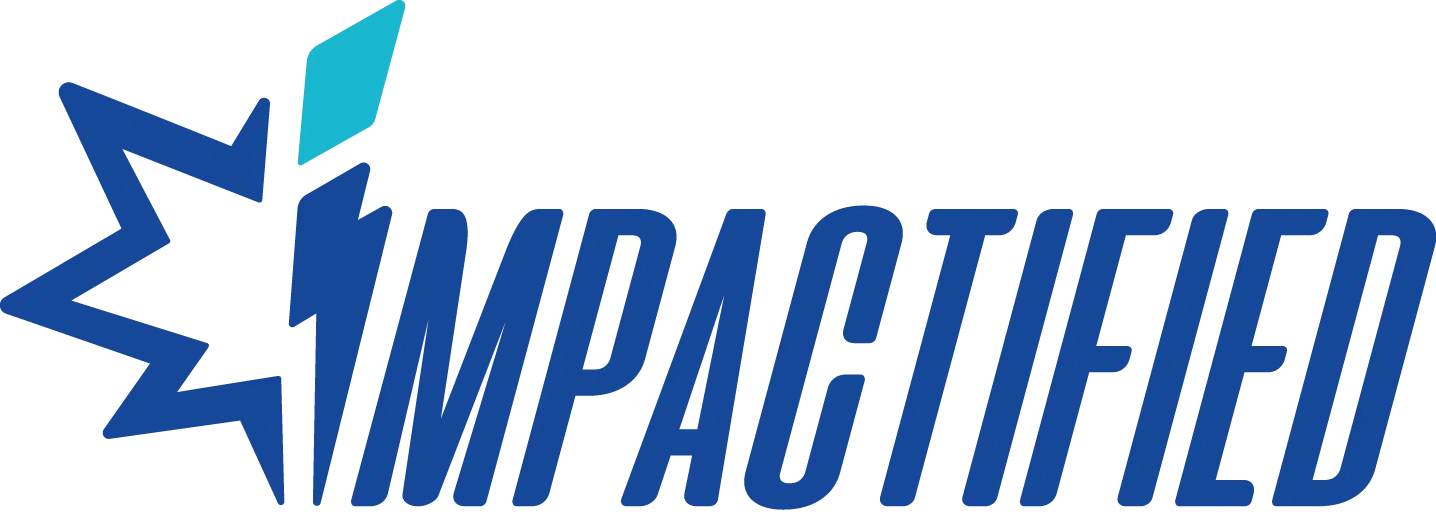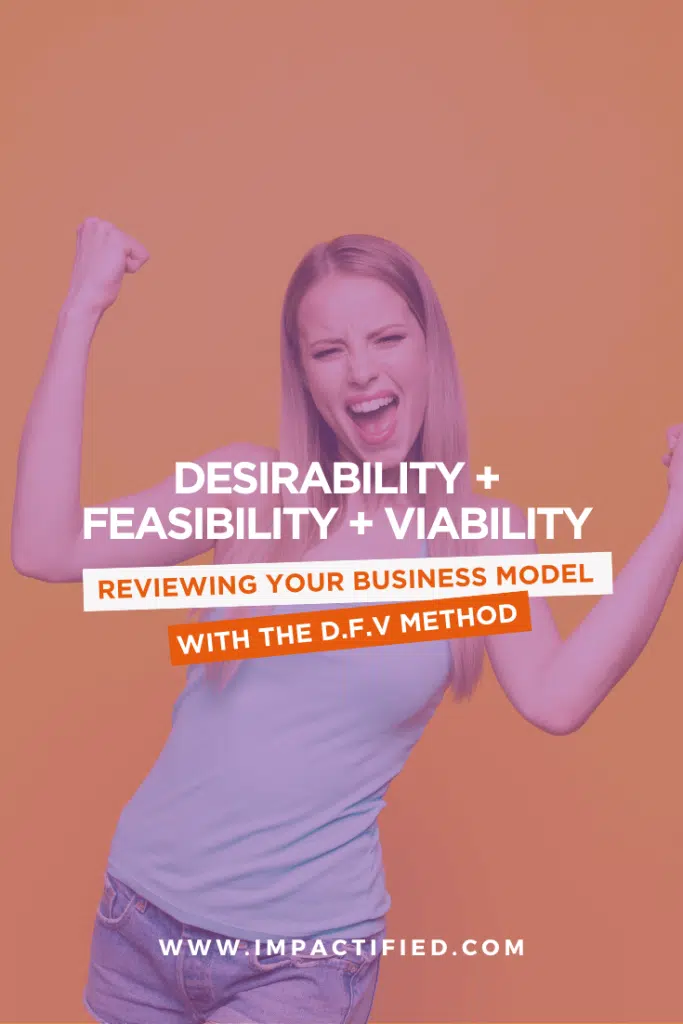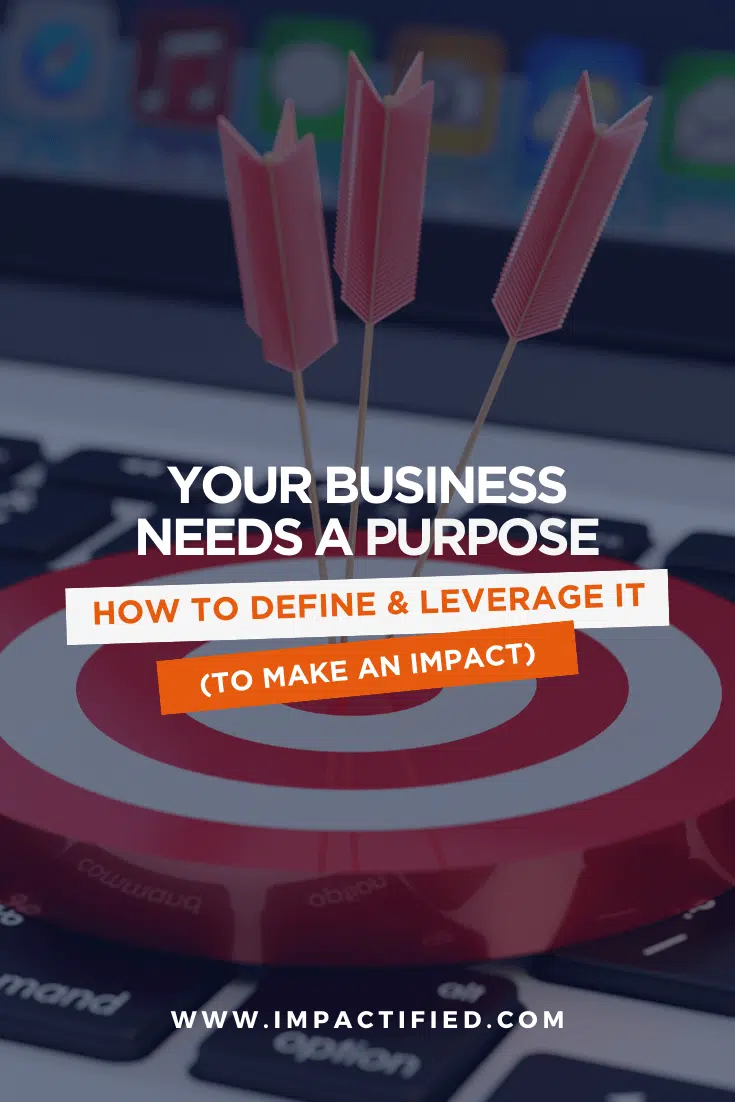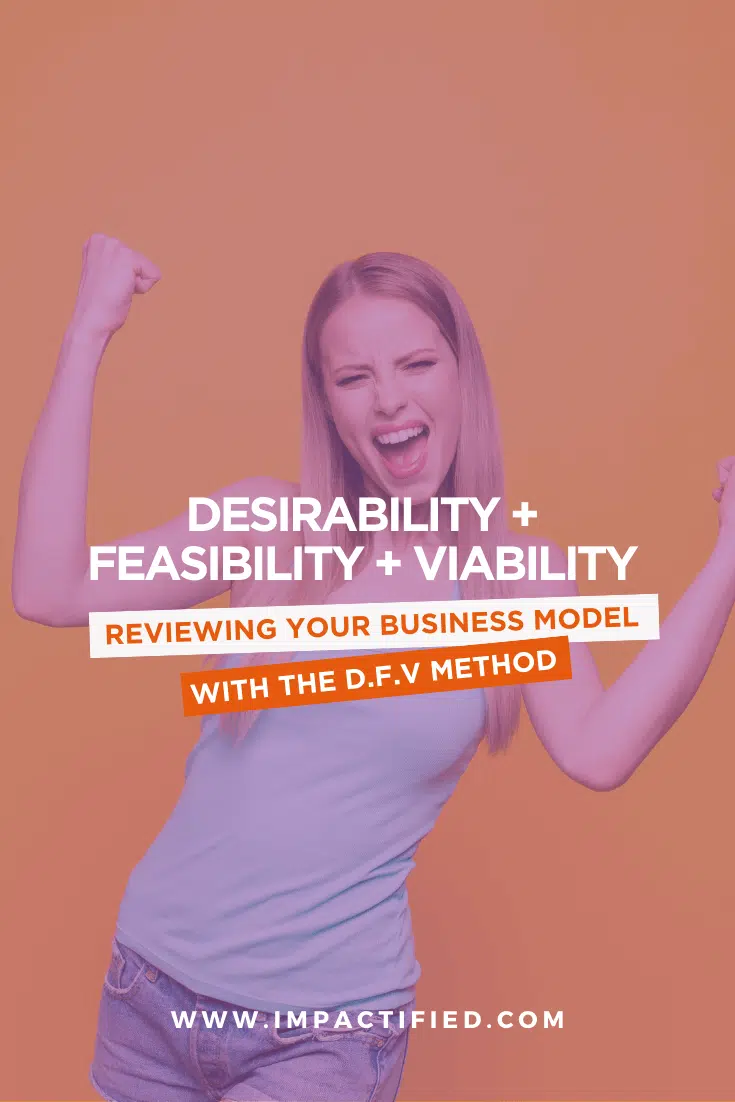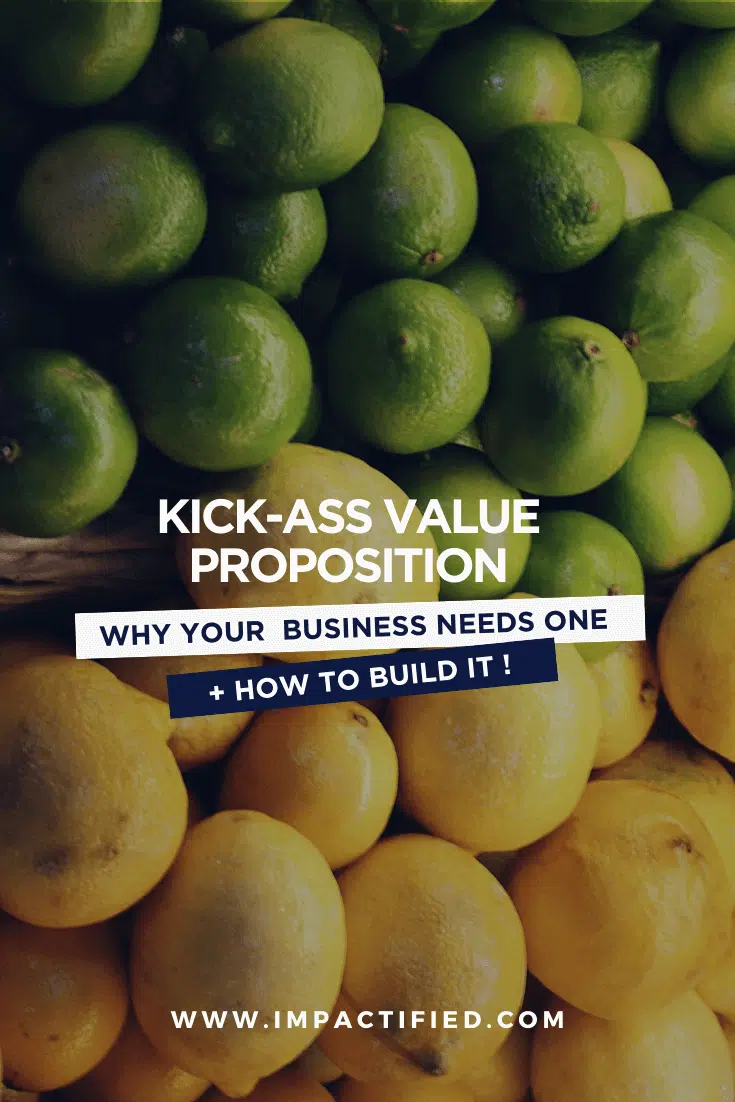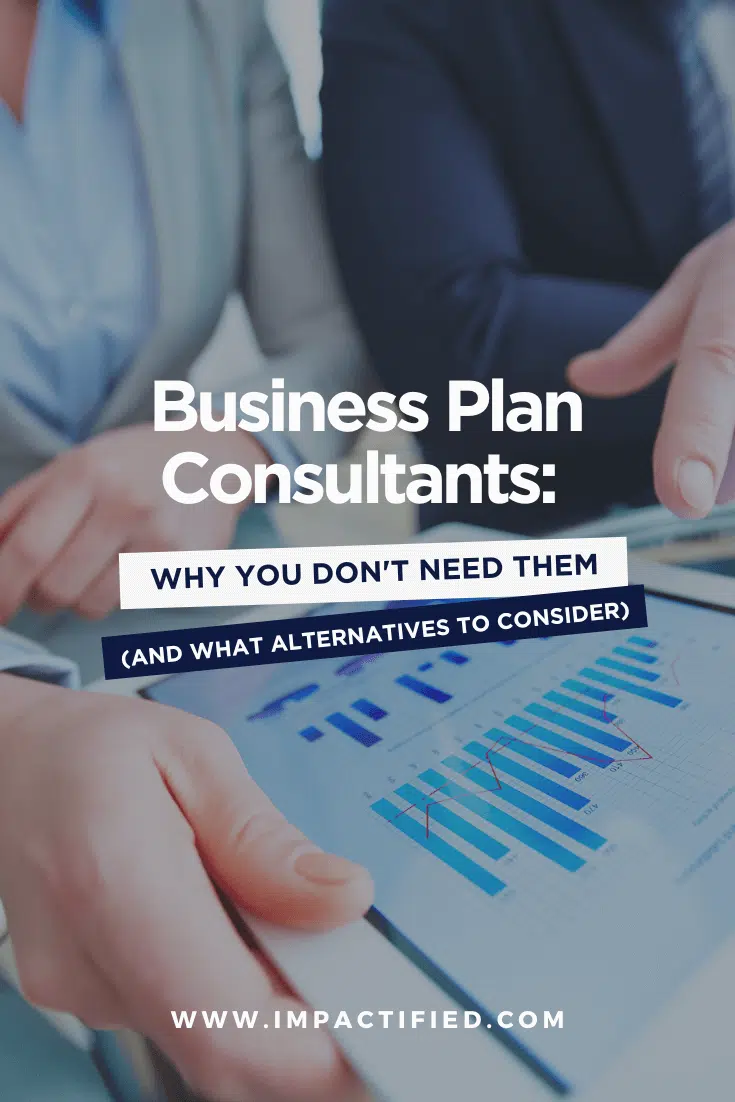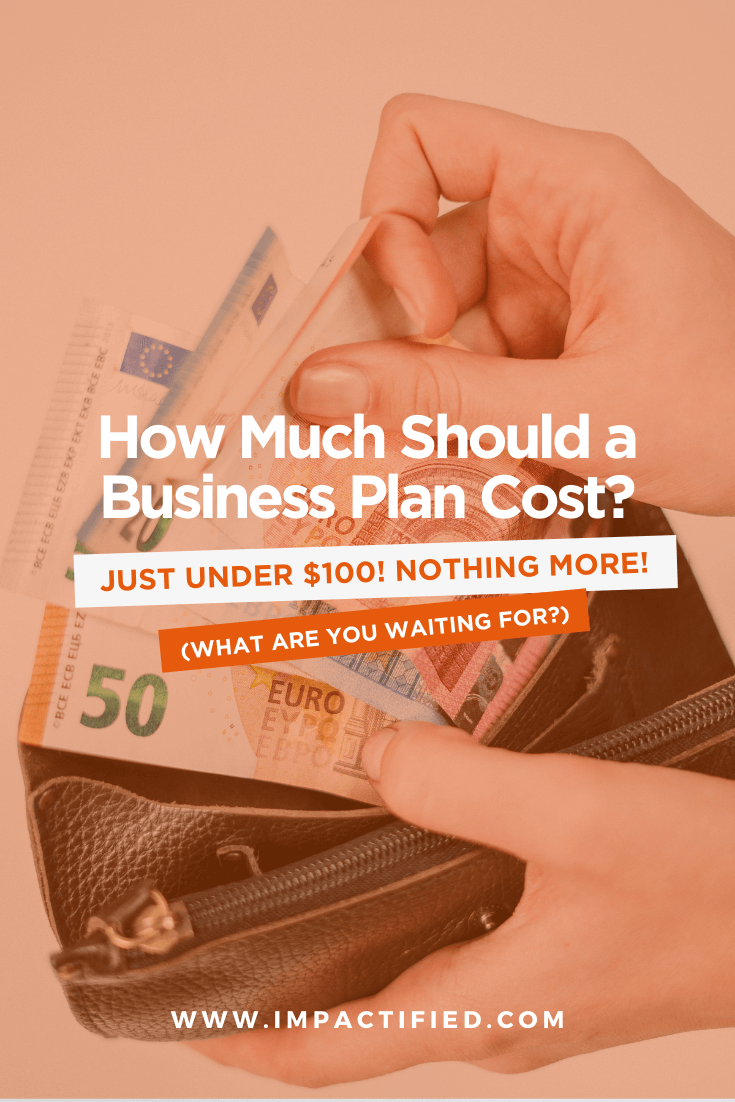So, here you are. You’ve worked very hard on a project and you are wondering whether the whole thing actually makes sense before launching it or introducing it to people you can’t fail to convince.
Perhaps that project is a whole new business that needs to be bullet-proof before you pitch it to a future partner or investor. Perhaps it is a single product or a service that needs to be approved by your team. Perhaps you are working on an internal project for your organization – say, a program for encouraging collaboration in your workplace.
From a different perspective, perhaps your idea is to raise funds to build a Foundation or an NGO, here or very far. Or perhaps your work is all about obtaining that research and development grant you desperately need for your career progression.
In each and every case, the question you are asking yourself is likely to be the same: is the idea the right one, and is it going to be strong enough to be validated by whoever you seek approval from?
The stake, therefore, is to find a way to assess whether the model you are about to get into business with – your business model – makes sense. And the best way to answer that question is to trust a little bit of method. The DFV method, in particular.
A business model assessment starts with common sense.
Whatever the type of project you are working on, assessing your business model is a difficult task that requires several levels of reading.
Before we move on to explaining what the Desirability, Feasibility, Viability (DFV) method is about, it however seems important to emphasize that the first level of reading should always be common sense. Yes, really…
The common-sense assessment.
First things first, the best way to test whether your planned business model makes sense is to talk about it informally with people capable of giving you their general feeling on the idea.
Pitch your project to someone who doesn’t know anything about it and ask for honest feedback. The ins and outs of your project should be easily understood by whoever you talk to, so some basic questions should always be submitted to your potential audience. For instance:
-
Do they understand what problem you are trying to solve?
-
Actually, do they see the point as a problem at all? (Very important)
-
Does your pitch give a clear understanding of your end-user is?
-
Can people say if your end-user is actually the buyer?
-
Did they understand what the end-user needs and why he/she/they will pay for the solution you aim to provide?
-
Can they tell whether your solution is unique and how it differentiates you from the competition?
Getting the Why, What and How clear.
These questions can be tweaked, improved, narrowed or broadened depending on the particulars of your situations, of course. The point here is to say that if the people in front of you don’t understand what you try to do, why you do it and whether people will be willing to pay for what you do, then something is wrong.
If that’s the case and/or if your interlocutors have the slightest doubt, then trust their common sense and consider that something doesn’t flow on your side of things. Not theirs.
Best case scenario, your pitch needs some fine-running and the possible misunderstandings are merely a matter of speech improvement. So work on it and try again until the narrative is perfect. Worst case scenario, something is definitely wrong in your model – which thus needs to be revised accordingly.
In both cases, you want to find out sooner than later.
Assessing a business model with the DFV method: Desirability, Feasibility, Viability.
Once the common sense test has been passed, the next step is to submit your business model to a more sophisticated – or at least more structured – form of assessment.
In our daily business advisory and business coaching routines, we push our clients to use the DFV method. DFV stands for Desirability, Feasibility, and Viability. The concept is very straightforward because it is based on a series of questions that you should ask yourself (obviously) but more importantly to the potential stakeholders of your project.
Whether you decide to ask questions to the end-user, to the actual buyer, or to third parties to the transaction, the point it to further and further clarify what makes sense, what doesn’t, what could make more sense, so forth and so on.
Does the idea seem silly? It probably does – especially now that we mention it – because it is mostly built on common sense (again). Yet in reality, the DFV model follows a methodology that produces robust insights and is so efficient that it is commonly used by business designers and by Design Thinking experts. Like us, the guys at IDEO for instance use it daily, and so should you…
How the DFV model works.
Now, how does the DFV model work? As we mentioned before, DFV stands for Desirability, Feasibility, and Viability – which gives you an opportunity to verify the soundness of your model on three distinct counts.
First, the DFV model helps with making sure that whatever you are trying to do makes sense to your audience. To your end-user in particular, but also to whoever is about to pay for it (the user is not always the buyer), and to whoever is susceptible to promoting your solution in their own circles.
Second, your desirable solution also needs to be feasible. Everybody wants to go on a free trip to the moon, but if your project is not feasible from a technical, financial, and practical perspective then you will soon lose people’s time and attention.
Third, your desirable and feasible project needs to be viable in the long term. Whatever you are trying to do, the purpose is (usually) to make the model sustainable so that it can be maintained and reproduced in the future, whether by your teams or by other people interested in multiplying your results in places where you are not present.
Using the model is overall very simple: draw the big picture of what your business model is about, and ask questions to determine whether the three boxes are ticked (or not). Then, identify the key issue which needs to be solved in the long term and make things happen.
Practical DFV case study: from building a proprietary CRM to providing automation services to clients.
Let’s be very practical here with a real-life case study borrowed from one of our clients. Originally, the company had a business model focused around building a CRM – a database system that allows businesses to store, organize and use contact data for business development purposes.
When we looked at the project in the first place, we couldn’t really understand why our client absolutely wanted to spend months developing a proprietary system when major competitors with extremely advanced technologies were already on the market.
The client wouldn’t hear our comments, however. So we used the DFV methodology to help him see the flaws in the business model he was building.
Using the DFV Model: First, ask questions.
Using the DFV model usually works in layers. In the first place, the job is to ask questions to understand what works, what doesn’t work, and what needs to change. Once the answers to the questions give you a big picture, the job becomes to prioritize the responses into key insights. Ultimately, these insights can be used to tackle the main issues, so that the business model effectively becomes desirable, feasible, and viable. Simples!
1. Clarify Desirability.
The first step for us was to explore whether our client’s potential clients would want to invest their money in the CRM which was being built. We focused on various elements here, mainly to help our client realize that the solution he had to offer would hardly create a breakthrough on the market.
-
Do your clients use a CRM at the moment?
-
Do they know what a CRM is?
-
Do they feel like a CRM would give them a competitive advantage over the competition?
-
What are the key features offered by the existing competition?
-
What are the main perceived benefits for the users?
-
To what extent is the new solution providing an innovation that people will be happy to pay for?
-
What is the pricing range practiced by the competition, and does that pricing range make it possible to offer an alternative deemed (more?) desirable from a pricing perspective?
-
What are the most interesting elements in the new CRM for people?
The point here was simple: help our client to clarify whether there was a demand for the CRM he was building, and perhaps more importantly, whether the solution he was building would be more desirable to his users than the already existing solutions on the market.
2. Clarify Feasibility.
The next step was that of Feasibility. At the end of the day, investing a fortune in a new type of CRM can be justified if there is a demand for it, but whether that CRM can actually be built within a reasonable timeframe is also extremely important.
In this case, the business model that our client had in mind would exercise significant pressure on his cash flow, thus preventing other possibly more important investments and jeopardizing the immediate sustainability of the company. So we went for more questions.
-
If people were interested in the idea of a CRM, would you be able to fund the development of the product without external help?
-
Are people actually happy to pay now to pre-order your solution considering that it is not yet developed?
-
Will people be confident that you are able to deliver in the agreed timeframe?
-
Does the existing competition make your project realistic overall?
-
Could any alternatives to a full CRM be considered?
3. Clarify Viability.
While the desirability questions created doubts as to whether our client’s projected end-users would want to pay for a new and unknown proprietary type of CRM, the feasibility discussion increased the gap.
Our client began to realize that even if he managed to convince people that they would need his solution, the time and investment he actually needed to put the solution into place were not realistic. Beyond this immediate reality check, however, the question was also to determine whether an alternative solution could be found.
The key here is to be down-to-earth and as practical as possible to determine how your existing structure and organization model will need to evolve over time to adapt to the new challenges you are putting into place. For instance:
-
In light of the Desirability and Feasibility elements, does it look like building a full CRM is a viable long-term business model?
-
Would an alternative model focusing on the limits of the existing solutions be more relevant to the targeted end-users?
-
Could a viable niche be found there?
Using the DFV Model: Then, prioritize the important issues and identify key insights.
Identifying the major questions and obtaining honest feedback is the first step because the process helps with drawing the big picture of what the business model at stake is about. The point, however, is not just to get a big picture. It is to formulate key insights as to what threatens the current business model.
So, we turned the various feedback into three – desirability, feasibility, and viability – insights that summarized the potential limits of our client’s business model.
Desirability:
For instance, the desirability part of the discussion led to the following conclusions:
-
Do your clients use a CRM at the moment? [Not really]
-
Do they know what a CRM is? [Clearly not]
-
Do they feel like a CRM would give them a competitive advantage over the competition? [Not really because they manage without a CRM so far and have no idea of how to use one]
-
What are the key features offered by the existing competition? [Prospect management, email automation, etc…]
-
What are the main perceived benefits for the users? [Time-saving and efficiency increase provided that they know how to use the system and have the resources to do so…]
-
To what extent is the new solution providing an innovation that people will be happy to pay for? [blockage]
-
What is the pricing range practiced by the competition, and does that pricing range make it possible to offer an alternative deemed (more?) desirable from a pricing perspective? [blockage – probably not.
-
What are the most interesting elements in the new CRM for people? [none so far as the solution is under construction]
Considering the number of competing CRMs out there, the odds of convincing end-users that a new proprietary system would make a major difference were thus very limited. What was interesting, however, was the fact that CRMs are usually difficult to use and that many small and medium businesses do not have a dedicated team to manage a CRM, hence providing a service based on managing existing CRM solutions might make sense.
Insight 1: Building a new CRM probably makes little sense, but helping SMEs with using existing ones would be a niche worth exploring.
Feasibility:
The feasibility aspect then needed to considered and got us to the following conclusions:
-
If people were interested in the idea of a CRM, would you be able to fund the development of the product without external help? [yes but over a long time, not immediately]
-
Are people actually happy to pay now to pre-order your solution considering that it is not yet developed? [no because most of them don’t realize what a CRM could mean for their business]
-
Will people be confident that you are able to deliver in the agreed timeframe? [blockage]
-
Does the existing competition make your project realistic overall? [competitors have a lot to offer so the feasibility of the idea is limited]
-
Could any alternatives to a full CRM be considered? [yes, the business model could shift easily to using existing solutions and becoming an intermediary for clients interested in outsourcing database management]
Insight 2: the feasibility of the original project is overall limited however there could be an alternative model if we use existing solutions to manage databases for clients who have no skills and/or resources to manage themselves.
Viability:
-
In light of the Desirability and Feasibility elements, does it look like building a full CRM is a viable long-term business model? [not really…]
-
Would an alternative model focusing on the limits of the existing solutions be more relevant to the targeted end-users? [yes, because immediate and affordable]
-
Could a viable niche be found there? [yes, need to explore in that direction and see if partnerships can be built with the existing CRM companies, thus becoming partners rather than competitors]
Insight 3: the original business model is not viable either but the alternative could be viable if the service focuses on managing partner CRMs for SMEs in need of help when it comes to database management.
Using the DFV Model: Three, Focus on the important.
Look back for a second. We started with a series of questions to clarify whether the projected business model was desirable to people, whether it was feasible and whether it would be viable in the long term.
From insights to focus.
The process got us a variety of answers, the most relevant of which helped us with formulating three key insights which we are copying here again for the sake of clarity.
-
Desirability: building a new CRM probably makes little sense, but helping SMEs with using existing ones would be a niche worth exploring.
-
Feasibility: the original project is overall limited, but there could be an alternative model.
-
Viability: the original business model is not viable but the alternative could be viable if the service focuses on managing partner CRMs for SMEs in need of help when it comes to database management.
So what does it tell us? Well… Ultimately, the consultation process surrounding the DFV method led to a key focus question, which in this case pushed our clients to totally pivot his business model. The point was not to fund a new proprietary CRM anymore but to build a strategy around CRM management externalization for SMEs.
Next Step?
As you can see, the DFV model can help with figuring out what works and what doesn’t work in your business model. But the process shouldn’t just stop there. In this case, following the steps gave a glimpse on a potential alternative model, but we would also recommend that you re-apply the DFV method to the new business model as well.
In particular, pay attention to whether your project is feasible and viable. In this case, becoming an intermediary requires getting in touch with the service providers and making sure that they are indeed interested in using your services as an intermediary. Beyond principles, licensing and contractual matters could typically make your great idea either unfeasible or non-viable so check and check again.
Lessons from the Desirability, Feasibility and Viability model: What Next?
Once you know what to focus on – in this case, the lack of desirability / feasibility / viability of the original project – you can work on improving and/or revising the operational business model you were planning on proposing.
If things appear to be in line with your plans, then confirm that your proposal makes sense and work on making it even stronger – without forgetting to explain why you go where you go and what makes you think the idea is worth investing in.
If things go sideways and differ from your original ideas – as in this case – rather consider how you could pivot your business model to make it more relevant. Again, don’t forget to mention why your new model is strong(er) and what makes you confident that it is now worth investing in…
Because the end-users have told you what they would follow or buy, you now have a reasonable basis to make projections and plan your efforts in a sensible way. Since a major concern (in this case) is the long-term viability of the project, don’t forget to include a follow-up strategy into your plan…
If you need help with implementing the process, we are of course here to help!
